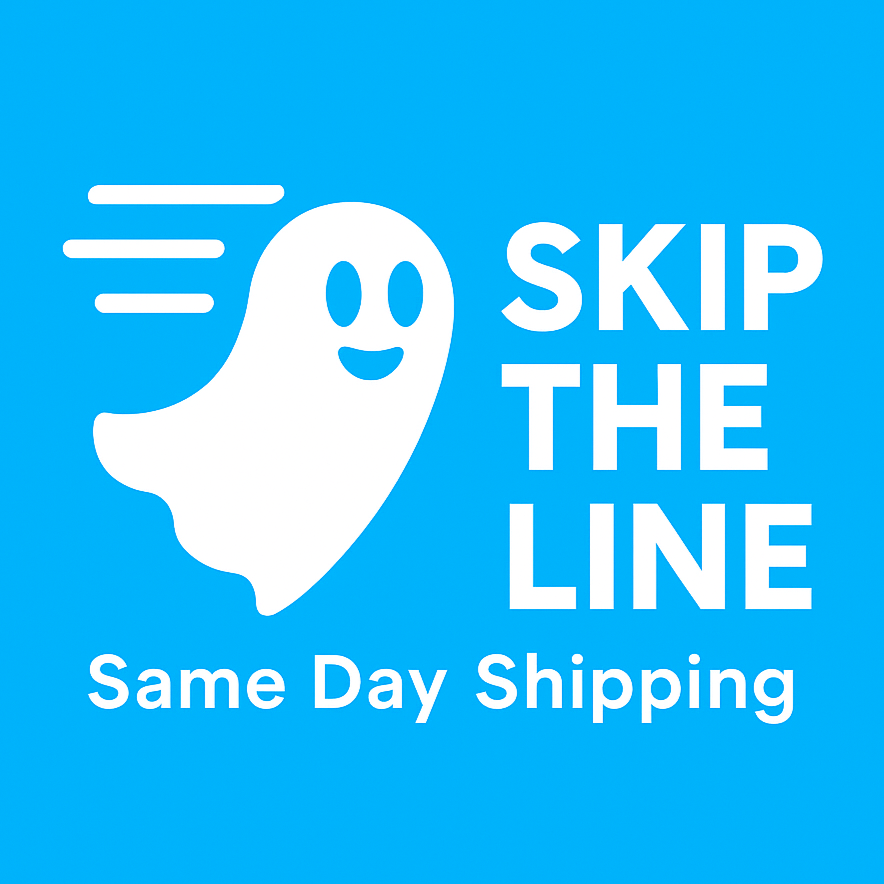Where Can You Apply UV DTF Transfers?
UV DTF transfers have opened new possibilities for decorating an incredible range of items. They use ultraviolet-cured inks printed on a film, which you can apply like a super-strong sticker to rigid surfaces. Because no heat press is needed, they make it easy to personalize objects that might otherwise be tough to decorate.
What Makes UV DTF Transfers Different?
UV DTF transfers are unique because they rely on UV-curable inks and a strong adhesive layer. When the decal is pressed onto a surface and exposed to UV light (or pre-cured and then transferred), the ink bonds to the material. The result is a colorful, glossy graphic that looks like it was printed directly onto the object. Unlike heat transfer methods, UV DTF transfers don't need high temperatures, so they're safe to use on items that can't withstand heat. Once in place, the ink becomes water-resistant, UV-stable and scratch-resistant, making these decals robust for daily use or outdoor conditions.
Which Surfaces Work Best for UV DTF Transfers?
UV DTF transfers collaborate on smooth, rigid surfaces that can form a good bond with the adhesive. Some of the top candidates include:
Glass and Ceramics
Windows, mirrors, mugs, jars and tiles all have a non-porous surface that encourages adhesion. Because UV inks are waterproof and lightfast, they hold up well through washing and outdoor exposure.
Metal Surfaces
Aluminum, steel, brass and other common metals provide a smooth foundation for UV DTF transfers. Metal water bottles, flasks or signs are often decorated this way because the cured ink won't easily scratch or fade.
Plastics and Acrylics
UV DTF transfers manage a variety of plastics, including acrylic and polycarbonate, often found in phone cases, laptop covers or display boards. Most standard plastics have enough surface energy to accept the transfer, though certain low-energy plastics might need a primer.
Wood (Finished) and Bamboo
Wooden boxes, plaques or bamboo items can take UV DTF decals if they're sealed or coated. This ensures a smooth area for the adhesive and keeps the ink from absorbing into the grain.
Leather and Faux Leather
Thicker or firmer leather goods such as wallets, journal covers and bags are fair game. A slightly rigid leather surface allows the ink layer to stay intact without cracking.
How Do UV DTF Transfers Perform on Glass and Ceramics?
Glass and ceramics are popular choices for UV DTF transfers because they're non-porous and easy to clean before application. Once the design is transferred, the ink sets into a durable layer that won't flake when washed or exposed to moisture. Customized mugs, bottles or decorative tiles can keep their vibrant colors even after repeated use. Many people opt for hand washing to keep the print looking new, but occasional dishwasher cycles often have minimal change if the bond is secure. Just avoid abrupt temperature extremes—like moving a scalding mug directly into ice water—and the decal should stay firmly in place.
Can UV DTF Transfers Stick to Metal Surfaces?
Metal items like flasks, stainless steel tumblers or aluminum signs are ideal for UV DTF transfers. The glossy ink finish stands out against reflective metal surfaces, giving a professional appearance that resists corrosion and fading. If the metal has an oily residue or a clear coat, a quick wipe with alcohol helps the adhesive form a better seal. Once cured, the decal can withstand rain, sunlight and normal wear. Whether it's a branded travel mug or an outdoor metal sign, the combination of high-definition ink and strong adhesion keeps designs bold for a long time.
Do Plastics and Acrylics Accept UV DTF Transfers Easily?
Plastics and acrylics often accept UV DTF transfers without issues, as long as they aren't extremely flexible. Phone cases, electronics casings, water bottles or acrylic panels are common examples. These transfers allow precise detail and bright color, even on dark or transparent plastics. For items that see constant managing—like a phone case—use mild cleaners and avoid repeated exposure to harsh chemicals. While most rigid plastics collaborate fine, certain low-surface-energy plastics (like polypropylene) need a primer or quick surface treatment to ensure a reliable bond. Once attached, the decal is weather-resistant and won't peel under normal use.
Are UV DTF Transfers Suitable for Wood and Leather?
UV DTF transfers adhere well to sturdy wooden objects that have been sanded and sealed. Wooden signs, boxes or plaques with a smooth finish can manage these decals, which produce a painted-on effect. Outdoors, the ink stays bright, though the wood itself should be protected to avoid warping from moisture. Leather and faux leather can also collaborate if they aren't overly soft or stretchy. Firm leather covers, wallets or patches display detailed graphics without cracking, especially if the ink used has some flexibility. Regular managing and minor flexing are fine, but too much bending may cause the hardened ink to lift or break.
Where Else Might UV DTF Transfers Be Applied?
Since UV DTF transfers bond to non-porous, rigid areas, they also collaborate on less common surfaces. Polished stone, sealed concrete, coated paperboard and certain resin-based materials all become viable canvases. Smooth ceramic planters, fiberglass panels and even coated cardboard used in signage are examples. Some individuals have experimented with applying UV DTF decals to painted drywall for decorative murals or statement graphics. As long as the surface is stable, sufficiently smooth and not prone to heavy bending, these transfers can adhere with minimal fuss.
Why Are UV DTF Transfers Popular for Promotional Items?
Businesses often turn to UV DTF transfers for branding products like tumblers, power banks, pens and keychains. Because the process doesn't need a specialized coating on blanks, companies can choose from a broader range of standard merchandise. Transferring logos, slogans or vibrant artwork onto these items results in long-lasting promotional giveaways or corporate gifts. Even small runs are cost-effective since the digital print process cuts the setup costs of screen printing. The transfer can adapt to curved or irregular shapes, making it suitable for many types of marketing pieces.
Are UV DTF Transfers Useful for Home Décor and Events?
Home décor projects receive help significantly from UV DTF transfers. You can decorate candle holders, vases, ceramic tiles and mirrors to match a particular theme or style. Some individuals label glass jars or create accent pieces for kitchens and living rooms. Because the decals resist water and cleaning solutions, they are practical for items that need occasional washing or dusting. Event planners often leverage UV DTF transfers for weddings or parties, customizing champagne flutes, centerpieces and signage. The ability to produce one-of-a-kind designs on demand makes them perfect for limited-edition or personalized events.

